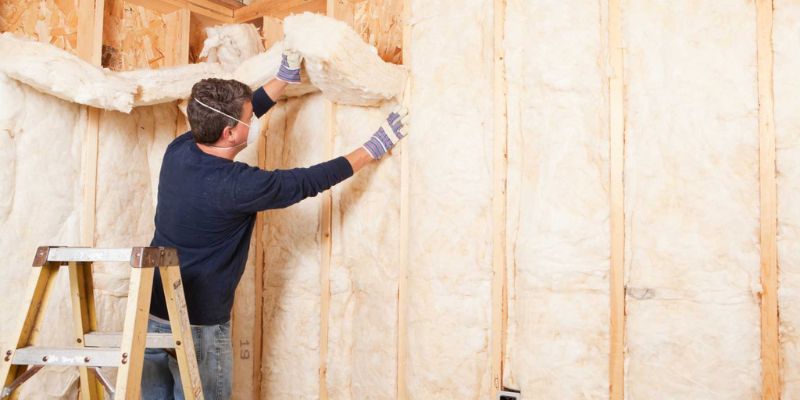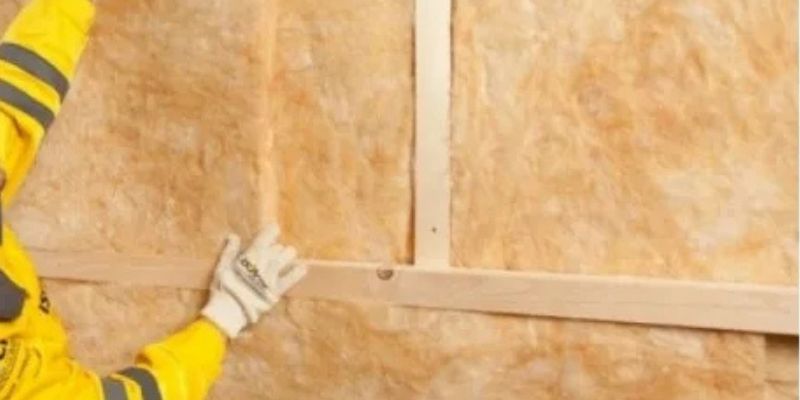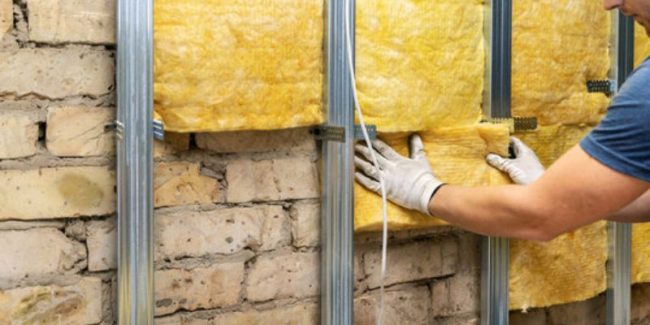When it comes to keeping your home warm and reducing heating bills, internal wall insulation is one of the smartest upgrades you can make. In Ireland, where the weather is often cold and damp, insulation is more important than ever. Internal wall insulation helps you stay warm and comfortable all year round, without overusing your heating system.
In this article, we’ll explain what internal wall insulation is, why it’s a great investment, and how it can help Irish homeowners enjoy warmer homes while saving money.
What is Internal Wall Insulation?
Internal wall insulation involves adding insulating material to the inside walls of your home. These are usually the external walls that face the outside air, and they lose a lot of heat if not properly insulated. By adding insulation from the inside, you create a barrier that stops warm air from escaping and cold air from coming in.
This process is done on the inside surface of the wall, which makes it different from external insulation. It’s a popular choice for homes that cannot have insulation added to the outside for planning or cost reasons.
Why Internal Wall Insulation Makes Sense in Ireland

Ireland’s weather is known for being chilly, damp, and unpredictable. From strong winds to long winters, homes need to be well-prepared to handle the cold. Many older houses in Ireland were built without insulation or with very little of it, which means they lose heat quickly. This leads to high energy bills and a home that never feels truly warm.
Internal wall insulation helps fix this. By sealing in warmth, it reduces the amount of energy your heating system uses. As a result, your home feels warmer for longer—even after the heating is turned off.
Key Benefits of Internal Wall Insulation
Here are some of the main reasons why more and more Irish homeowners are choosing internal wall insulation:
1. Lower Heating Bills
One of the biggest advantages is saving money on energy. When your walls are properly insulated, your home retains heat better, meaning you don’t need to run your heating system as often or for as long. This can lead to big savings, especially during the colder months.
2. Better Comfort
Have you ever sat near a cold wall in winter and felt the chill go straight through you? That’s because uninsulated walls allow cold to seep in. Internal wall insulation helps stop this, making rooms feel warmer, cosier, and more comfortable.
3. Reduced Damp and Condensation
Damp and condensation are common problems in Irish homes, especially in older buildings. These issues can cause mould and health problems over time. By adding internal wall insulation, the walls stay warmer and reduce the risk of condensation building up on cold surfaces.
4. No Changes to the Exterior of Your Home
If your home has a specific look or is part of a heritage or protected area, changing the exterior may not be allowed. Internal wall insulation is ideal in such cases, as all the work is done inside and doesn’t affect the outside appearance of your house.
5. Increase Property Value
Homes that are warm, energy-efficient, and cost less to heat are more attractive to buyers. By insulating your internal walls, you increase the energy rating of your home, which can raise its market value if you ever decide to sell.
Things to Consider Before Installing
While internal wall insulation offers many benefits, there are a few things to keep in mind:
-
Room size: Adding insulation to the inside of a wall can slightly reduce the size of a room, as the insulation layer takes up a small amount of space.
-
Cost: It’s not the cheapest job, but the savings on heating bills can help cover the cost over time.
-
Professional Installation: To get the best results, it’s important to hire experienced professionals who understand how to properly install insulation and avoid common problems like thermal bridging.
Grants and Support in Ireland

The good news for homeowners in Ireland is that there are government grants available through the Sustainable Energy Authority of Ireland (SEAI). These grants help cover the cost of home energy upgrades, including wall insulation.
You may be eligible for financial support if:
-
Your home was built before a certain year.
-
You meet the scheme’s criteria.
-
You use a registered contractor.
Applying for these grants is a great way to reduce your out-of-pocket cost and make your home more efficient at the same time.
The Process: What to Expect
The process of adding internal wall insulation usually includes:
-
Assessment – A professional insulator visits your home and evaluates the best approach.
-
Preparation – Furniture and fittings near the walls are temporarily removed.
-
Installation – Insulation boards or materials are applied to the walls, sealed, and then covered with a fresh wall surface.
-
Finishing – Walls are repainted or redecorated after the insulation is installed.
Depending on the number of rooms, the work can take anywhere from a few days to a week.
Is It Right for Your Home?
Internal wall insulation is a smart choice for many homes in Ireland, especially if:
-
Your home is losing heat quickly.
-
You want to reduce your energy bills.
-
External insulation isn’t an option.
-
You plan to stay in the home long-term.
Whether you live in a city like Dublin or a rural village in Kerry, keeping warm efficiently is something every Irish household can benefit from.
Conclusion
Internal wall insulation is more than just a home improvement—it’s an investment in comfort, health, and long-term savings. With the support of government grants, growing awareness, and Ireland’s push for energy efficiency, now is a great time to consider this upgrade.
By making your home warmer and more efficient from the inside out, you’ll enjoy lower bills, better comfort, and a more sustainable lifestyle—without changing the look of your house.

